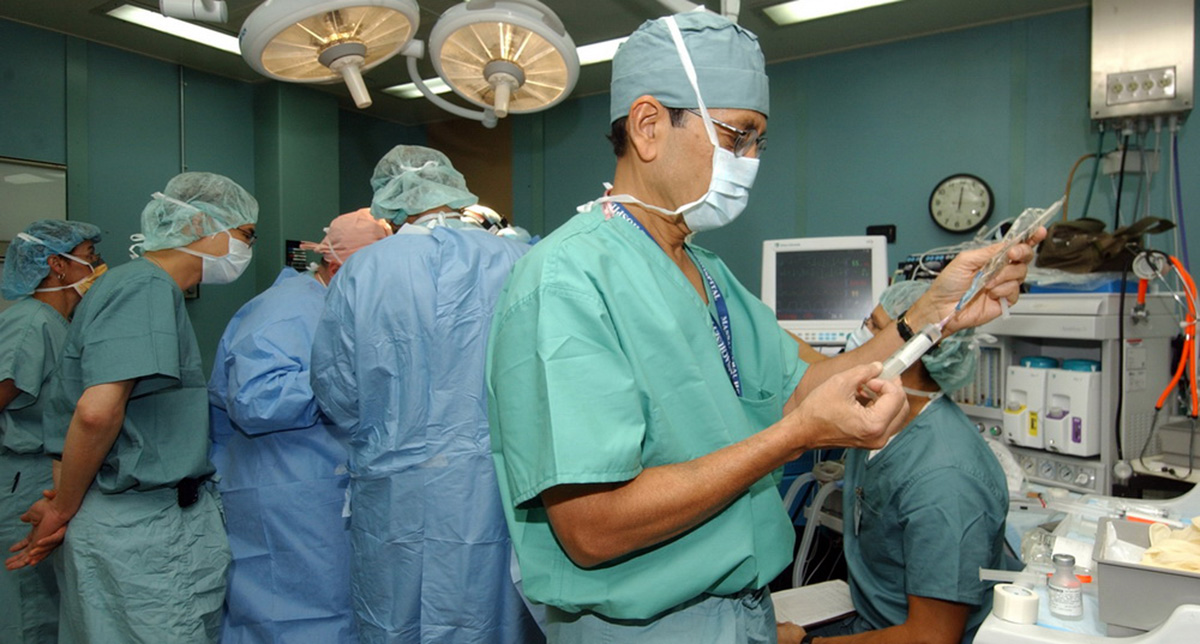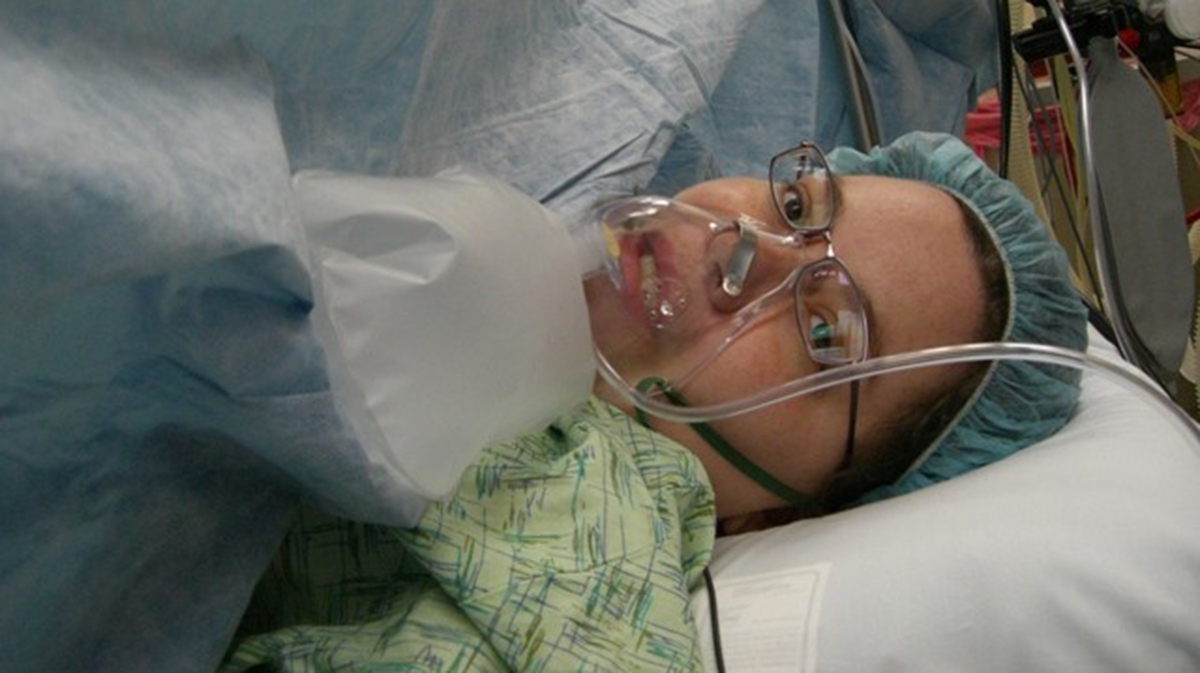Physical pain is certainly an unpleasant feeling to deal with and scientists and doctors have always looked for alternatives to reduce it in order for them to be able to carry out medical procedures than can go from a tooth extraction, which is actually not as simple as it may sound, to an open heart surgery. In the past, pain during surgical procedures was something that could not be avoided and patients had to put on with excruciating pain but the discovery of inhaled anesthetics came to revolutionize the whole concept around pain and consciousness.

A bit of history
In 1846, in the Massachusetts General Hospital in Boston, the first surgical procedure using ether to anesthetize a patient was performed. Although this type of sedative had already been used before, this was the first publicized attempt of using ether as an anesthetic agent.
After ether, chloroform was also introduced as a general anesthetic due to its effectiveness, even though it had more side effects that its predecesor.
Following cocaine, local infiltration, nerve blocks and spinal and epidural anesthesia made it possible to perform medical procedures without driving the patients into a complete sedated state and of course, allowing doctors a better control of the whole process.
Types of anesthesia
There are three types of anesthesia, depending on how they are administered and the region that is intended to be sedated.
Local anesthesia is used to stop the sense of pain in a small region of the body. For example, a local anesthetic, which can be in the form of a spray, a liquid that is injected or a cream or gel, can be used to numb the area of a wound, in order for the doctor to be able to clean it and stitch it. When you are under local anesthesia, you remain conscious since only a specific area is sedated and the amount of anesthesia used is not enough to reach your brain.
There are several local anesthetics, including lidocaine and novocaine. Sound familiar? They are very similar to cocaine, but are not as strong in terms of causing addiction. The effect of local anesthesia lasts for a few hours and pain can be felt after the effect wears out.
Dealing With Sedation And Consciousness
If the doctor has to perform a more invasive medical procedure that involves the exposure of a wider body area, for example the leg, the type of sedation to use would be regional anesthesia. But if the surgery comprises a more complicated procedure, such as the removal of a tumor or a kidney, general anesthesia would be used. Both of them involve the use of stronger dosis of anesthetic and the constant monitoring of the specialist.

Regional anesthesia
There are two types of regional anesthesia. The first one is called spinal anesthetic because it is applied in the subarachnoid space that surrounds the spinal cord and it is used to numb the lower abdominal, pelvic, rectal and lower limbs body regions. The second one, the epidural anesthetic, is similar to the spinal type but it is applied outside the subarachnoid space and is mainly used to sedate the lower limb region in women during labour and childbirth.
In order to avoid several injections in this area, the anesthesiologist leaves a small catheter during the first injection, through which it is possible to administrate more anesthetic if required.
Regional anesthesia involves more risks than the local one, because it is applied in a very delicate area of the nervous system and because it basically blocks the nerves of a wider body area, but the patient is constantly monitored by the specialist during the procedure.
General anesthesia
General anesthesia causes a state of unconsciousness and the inability to move. This type of sedation is used in major surgeries and can be achieved by using inhaled anesthetics, anesthetics in solutions that are administered directly into the bloodstream or both.
First, it acts at the level of the spinal cord, affecting the ability of the patient to move; second, it blocks signals in the brain stem, causing unconsciousness, and third it reaches the cerebral cortex.
See Also: Brain Recovery After Anesthesia
When the surgery ends, the administration of the sedative is ceased gradually in order to bring the patient into a conscious state again.
Just as any other medical procedure, anesthesia has intrinsic risks, specially related to unexpected allergic responses to the anesthetic; however, anesthesiologists are well prepared specialists that, after a complete evaluation of the health state of the patient and the type of surgery to be performed, will determine if the patient can undergo surgery and will monitor the patient´s state before the surgery starts, during the period of unconsciousness and until after the patient wakes up from anesthesia.
- Photo courtesy of Jeffrey Russell by Wikimedia Commons : ja.wikipedia.org/wiki/%E9%BA%BB%E9%85%94%E7%A7%91%E5%8C%BB#mediaviewer/File:US_Navy_050419-N-6665R-030_Dr._Akshay_Dalal_provides_medication_for_an_Indonesian_patient_as_the_medical_team_aboar
- Photo courtesy of Critical Moss by Flickr : www.flickr.com/photos/criticalmoss/147421683
- kidshealth.org/teen/your_body/medical_care/anesthesia_types.html
- www.hopkinsmedicine.org/healthlibrary/conditions/surgical_care/types_of_anesthesia_and_your_anesthesiologist_85,P01391/
- www.rcoa.ac.uk/about-the-college/history-of-anaesthesia
- www.nigms.nih.gov/education/pages/factsheet_anesthesia.aspx
- science.howstuffworks.com/anesthesia.htm/printable


Your thoughts on this